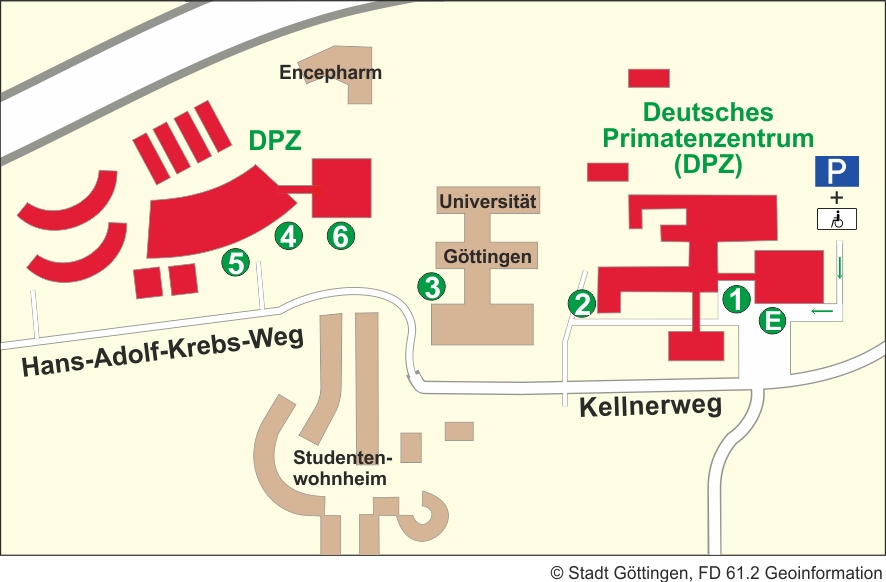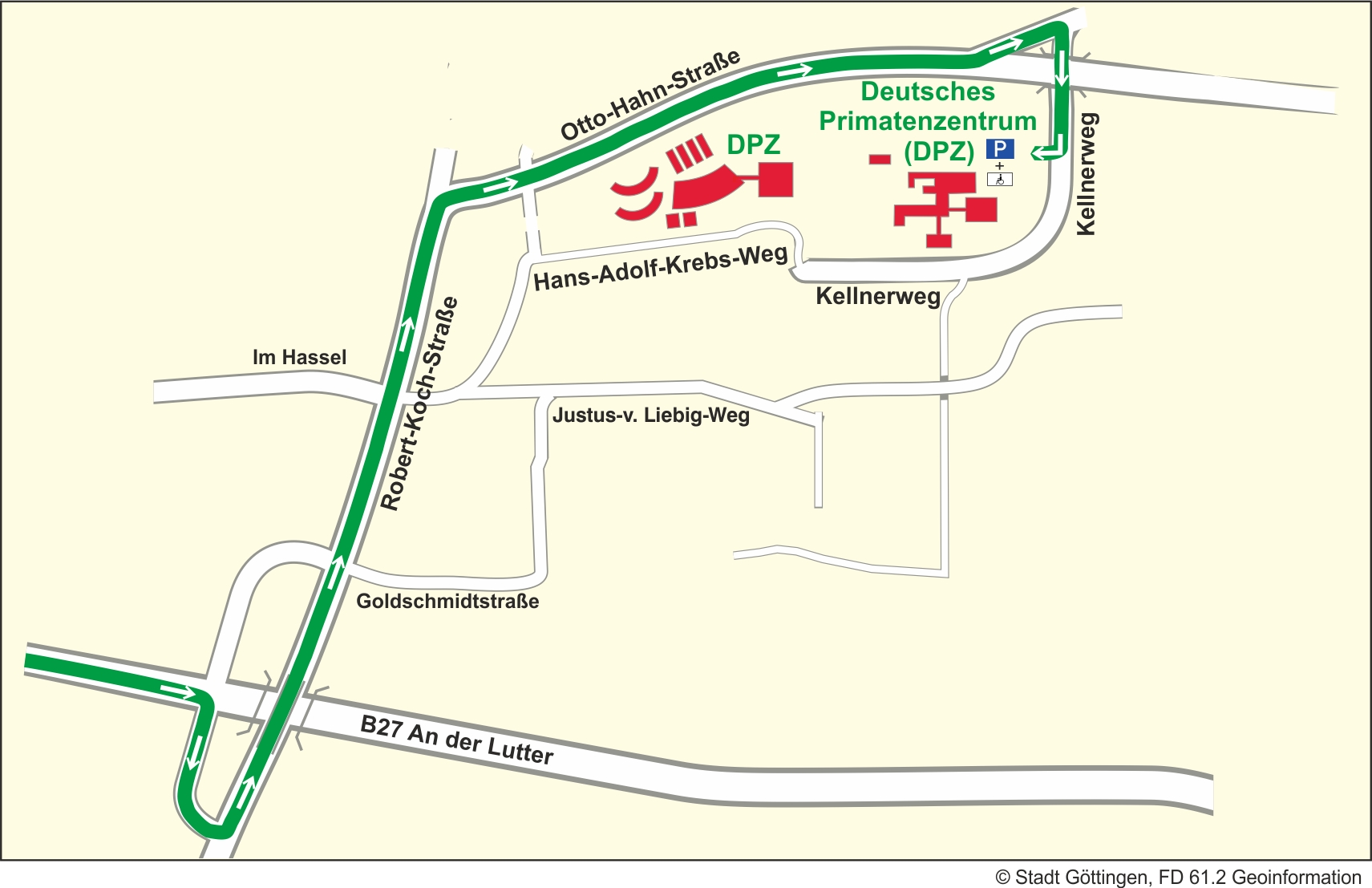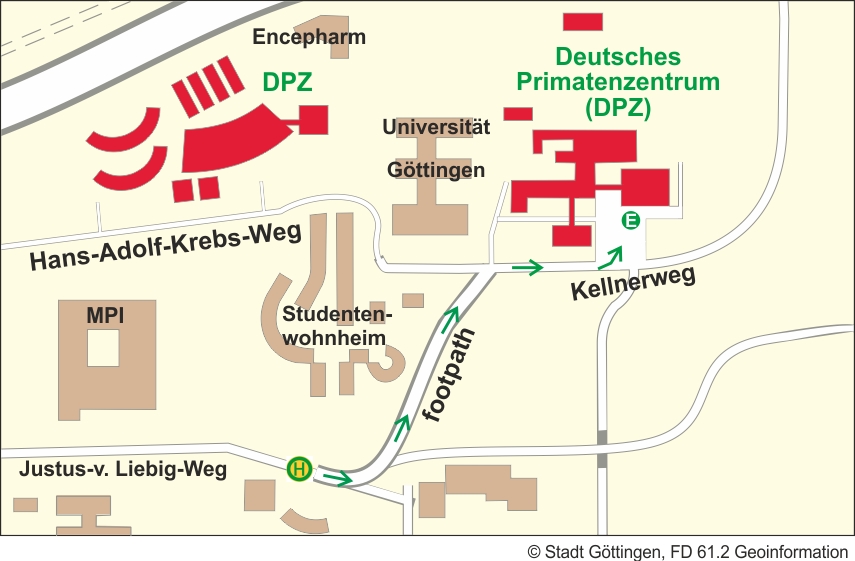Adding the Fourth Dimension
Save as calendar entryPublic Opening Lecture of the Frontiers in Baboon Research Symposium
A biological conference focusing on a single taxon is unusual, but baboons (Papio, Theropithecus, and their close, extinct relatives) are particularly appropriate for such treatment. Their evolutionary biology has been studied from viewpoints ranging from social behavior, neurophysiology and ecology to paleontology, genetics and phylogeography, and they are among the very few large African mammals whose natural distribution is still relatively well represented by wild populations. Furthermore, parallels in the geographical, chronological and ecological context of baboon and hominin evolution can provide analogies for understanding human and pre-human diversity. The past few decades have seen a major expansion of baboon research, including, in particular, more comprehensive on-the-ground surveys, and the application of new tools to record behavior in the field and to generate and analyze genetic, epigenetic, genomic and physiological data from wild and captive populations. The resultant findings have led to a fuller appreciation of the diversity of baboon populations and taxa. The skin-and-skull features traditionally used to distinguish major taxa (whether called species or subspecies) have been supplemented with evidence for genetic, physiological and behavioral variation that seems (from admittedly inadequate data) to be equally taxon-specific. Some inter-populational differences, especially in easily modifiable, "plastic" traits such as foraging group size, can be explained in terms of the conventional, default, a-historical paradigm in which extant ecological factors are paramount. But many taxon-specific traits with a stronger genetic basis, such as overall body size, are not adequately explained by the default paradigm alone. Though it inevitably complicates the picture, it seems that an historical dimension is essential. The dense genetic information now emerging confirms the view that baboons do indeed have a complex phylogeographic history. The fossils indicate that early Papio baboons very similar to extant species belonged to a terrestrial primate guild quite different from today's. Extant baboon genomes attest to a subsequent history of range expansions and contractions, presumably climate-driven, and a succession of differentiation ("incomplete speciation") events, complicated by episodes of localized interspecific gene-flow and population fusion. Inevitably, the population-associated characteristics we see today must reflect these complicated, idiosyncratic, histories of phylogeny and demography. Incorporating the historical dimension should explain extant diversity more completely than is possible under the simpler, a-historical, spread-and-adapt paradigm alone. Explaining each population's traits as the product of a unique history, however, can result in untestable Just So stories. One strategy is to construct historical scenarios that gain plausibility because composed of elements derived from well-established, law-like regularities or supported by strong predictive models. As an example, I here suggest how historical and demographic factors, along with ecological effects, can be invoked to attack a problem that has no ready explanation within the conventional socioecological paradigm, namely: why do norms of male behavior - especially dispersal from the natal group - differ so strongly among extant baboon taxa?
More about the Frontiers in Baboon Research Symposium
Targetgroup
open to public
Referent
Clifford J. Jolly (New York University)
Journey Description
Map

E - Main Entrance/Reception
1 - Managing Board; sections: Infection Biology Unit, Unit of Infection Models, Laboratory Animal Science Unit, Primate Genetics Laboratory, Behavioral Ecology and Sociobiology Unit, Cognitive Ethology Laboratory, Neurobiology Laboratory, Research Coordination, Public Relations, Information Technology, Administration, Technical Support, Library.
2 - Material Delivery/Purchase
3 - Platform Degenerative Diseases
4 - Cognitive Neuroscience Laboratory
5 - Animal Husbandry
6 - Imaging Center, Functional Imaging Laboratory
Arrival by car

Leave the interstate A7 at exit "Göttingen Nord". Follow the B27 straight ahead in the direction of "Braunlage". After the third traffic light intersection turn right towards "Kliniken". Afterwards turn left onto "Robert-Koch-Straße" direction "Universität Nordbereich/Polizei". At the end of "Robert-Koch-Straße" turn right onto "Otto-Hahn-Straße", direction "Nikolausberg". The first street on the left turn onto "Kellnerweg", follow the signs "Deutsches Primatenzentrum".
Arrival by bus

The footpath from the bus stop "Kellnerweg" to the Main Entrance/Reception:
From Bus stop "Kellnerweg" (line 21/22 and 23) Cross the road, go in the direction of the bus. At the mailbox, turn left into the footpath and proceed to the end. Turn right into the Kellnerweg. The main entrance of the DPZ is on the left side.
Date and Time 17.10.17 - 17:00 - 18:30 Signup is not required
Location Lecture Hall, DPZ, Kellnerweg 4
German Primate Center
Kellnerweg 4
37077 Göttingen
Phone: +49-551-3851-218
<link baboonresearch2017@gmail.com>baboonresearch2017@gmail.com</link>
